The seemingly interminable heat of the longest, hottest summer I can remember has abated and autumn has appeared, and before I’d noticed it’s somehow already October. As the sun lowers, and the shadows lengthen, late afternoon is quite the best time to admire Roman mosaics: all that glittering in the gloaming is just too atmospheric for words. Here and here are a couple of my favourites, more to come soon!
At the end of August the Crawfords & co had a glorious family party in Northern Italy to celebrate my parents’ fiftieth wedding anniversary. We all stayed for a few days at the spectacular Villa Saraceno, an objective my father first decided on when we were looking at Palladian villas on a family holiday exactly thirty years ago. I had a couple of free days in hand so having waved everyone off, and sent Max back to work on the train, I took our ancient car meandering Rome-wards along B roads. Quite by chance I happened to stumble upon a sign for Villa Badoèr, one of Palladio’s great masterpieces, in the pretty little town of Fratta Polesine.
I parked the car and went to have a look, assuming from the somnolently deserted town centre I wouldn’t find it open on a Sunday lunchtime in August. But times have changed in Italy and hermetic opening hours are, for the most part, a distant memory.
As I parked I had an extremely vivid memory of being there at fifteen and refusing, with adolescent stroppiness, to get out of the car. So I made amends and wandered the Villa, the only person there, before continuing on my way to Ravenna, home to some of the most splendid mosaics anywhere.
My first stop was San Vitale, built in the sixth century. After the fall of the Western Empire with its capital in Rome, the eastern Roman Emperor Justinian reconquered Ravenna, then a strategic port on the Adriatic.
Justinian’s capital was at Constantinople, which we now know as Istanbul, and which had once been called Byzantium: as the song goes “even old New York was once New Amsterdam”. The Eastern Empire is thus called the Byzantine Empire, presumably because the Constantinoplian Empire doesn’t really trip off the tongue.
Byzantine art and architecture is an appealing fusion of Roman and Eastern forms and they come together in glorious harmony at San Vitale: the triple apses of the pastophoria required by Eastern Orthodox liturgy bubble out from the octagonal floor plan, while the great domed central space echoes the Pantheon; the Roman art of mosaic filtered through the Eastern Empire here becomes a glittering decorative tool in the service of Christianity, with portraits of the Emperor and the Empress and their entourages.
Imperial authority is here represented both by the robes of Rome and the glittering jewels of Byzantium, blended as one below the apse mosaic of a togaed Christ floating on gilded clouds flanked by togaed angels. I somehow hadn’t been to Ravenna in nearly ten years, it was even more spectacular than I’d remembered!
On Friday 28 October, Rachel Roddy and I will be leading another gastronomic and historical double-hander. This will be an autumnal jaunt at olive-picking time so our subject is OIL and will include private access to the Monte Testaccio. We shall crunch our way up the hill and over sherds of amphorae which once brought olive oil from southern Spain.
We’ll be talking about ancient uses of oil both comestible and not, admiring Roman baths, visiting Testaccio market, tasting olive oil, snacking on Lazio fizz and delicious fried things, and will as ever conclude with a leisurely slap-up lunch in one of Rome’s best trattorie.
The cost is €140 including all food, drink, and entrance fees. 10 people. All dietary requirements can be accommodated. To book please email info@understandingrome.com.
Many thanks, and saluti from Roma, Agnes

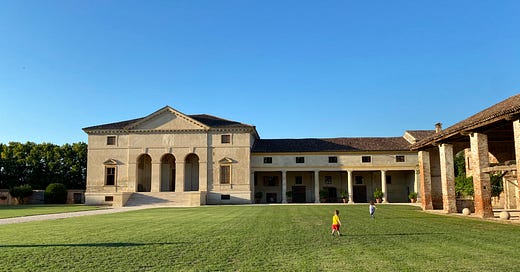



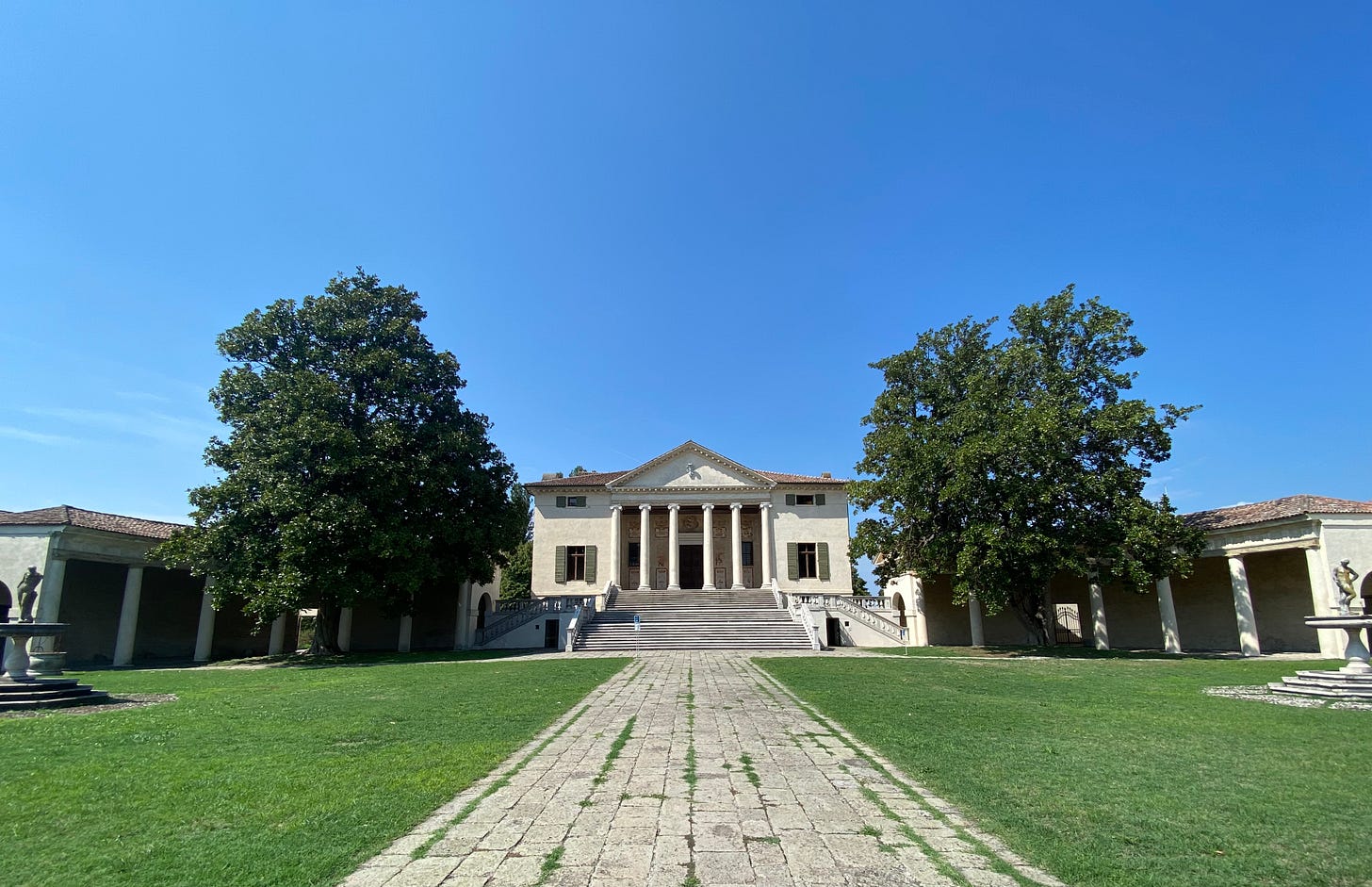

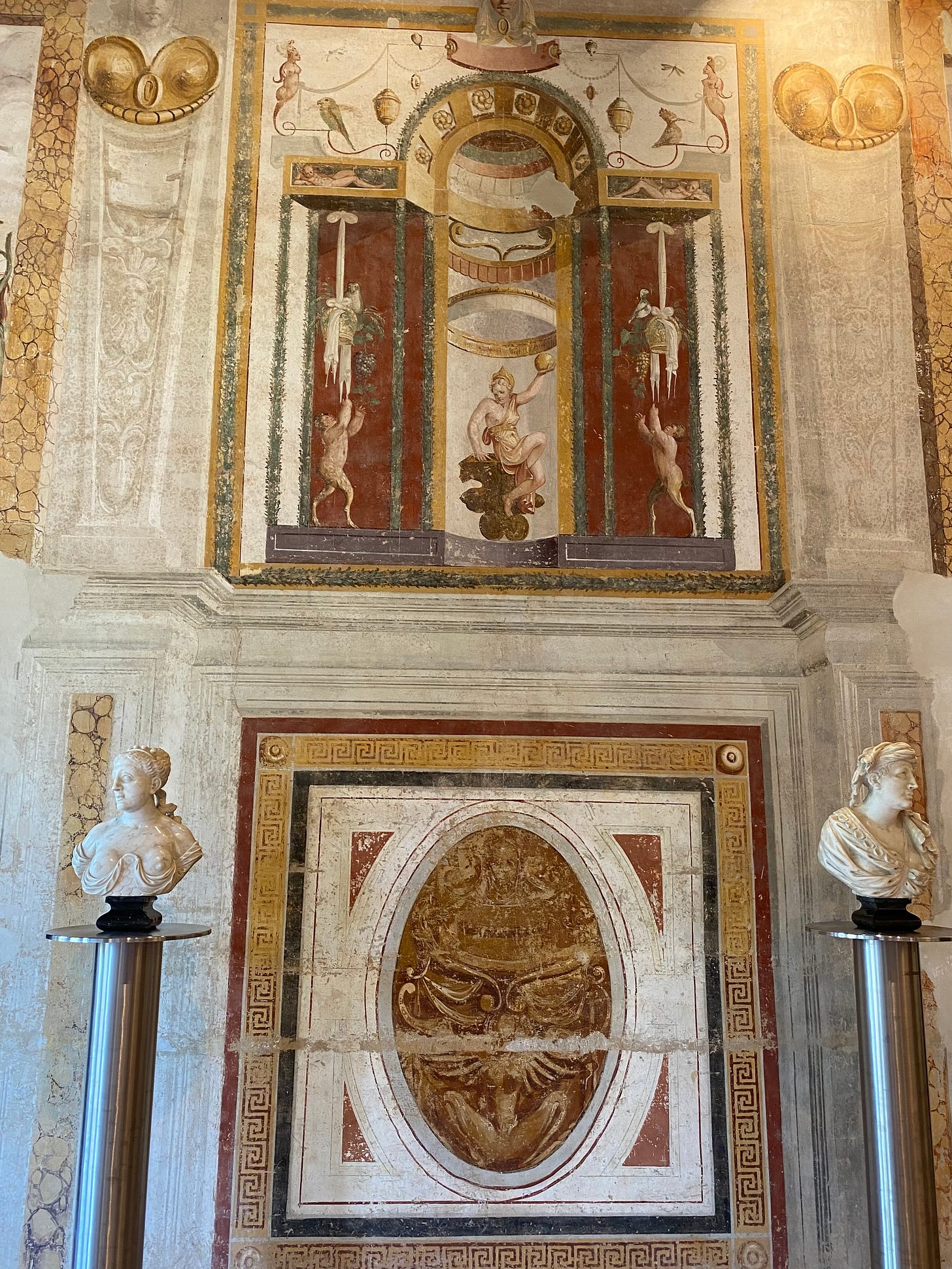
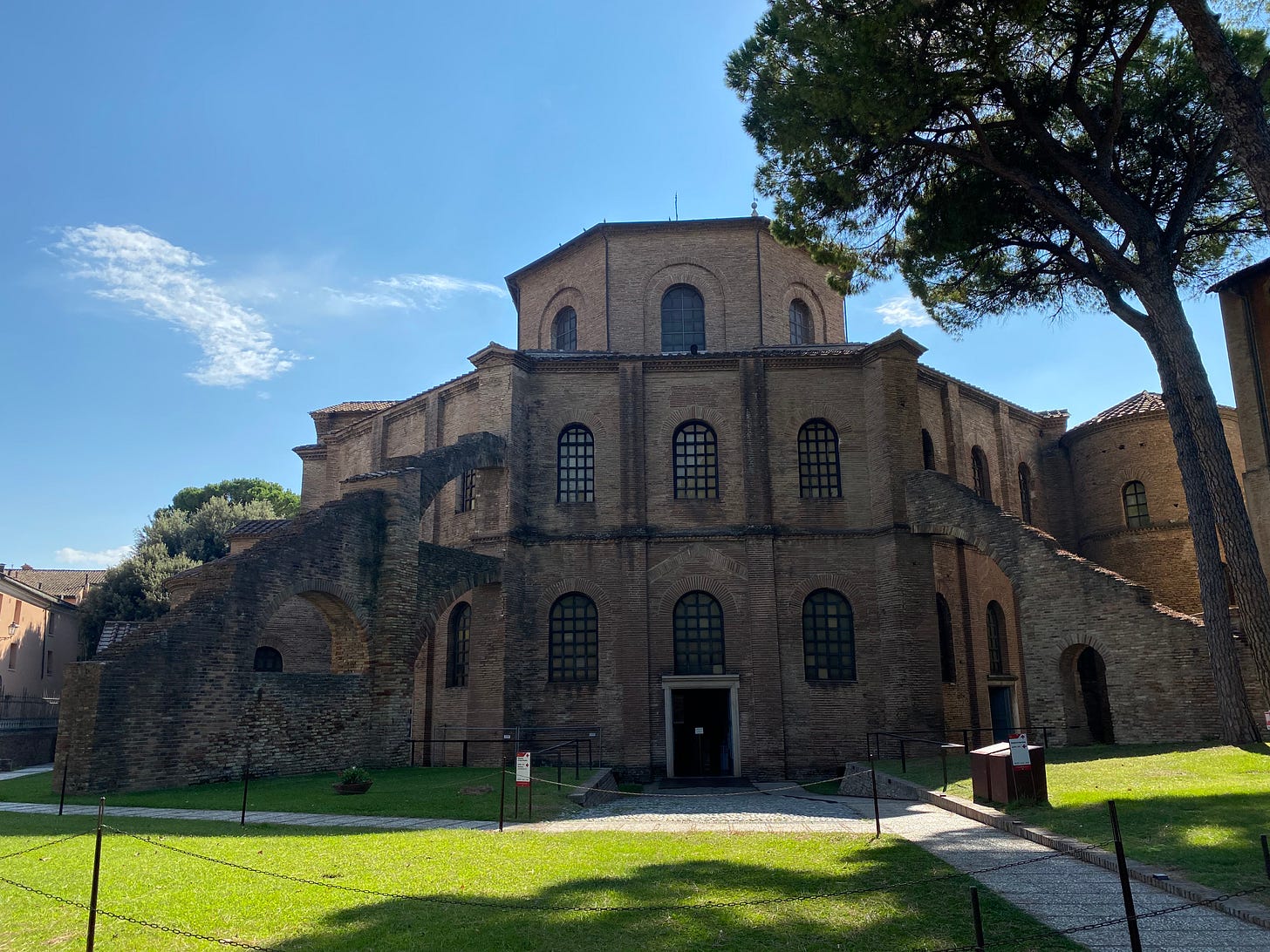
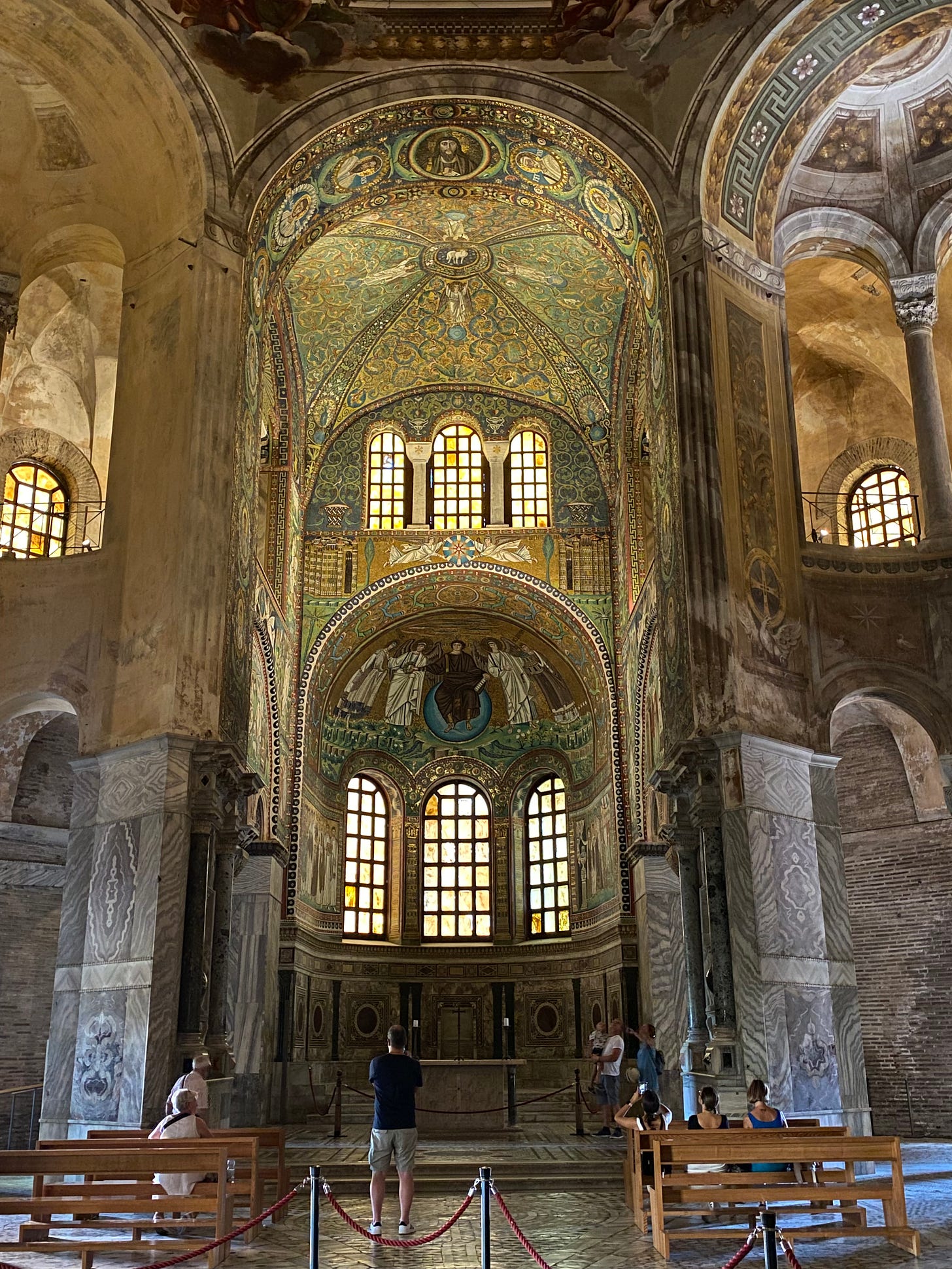
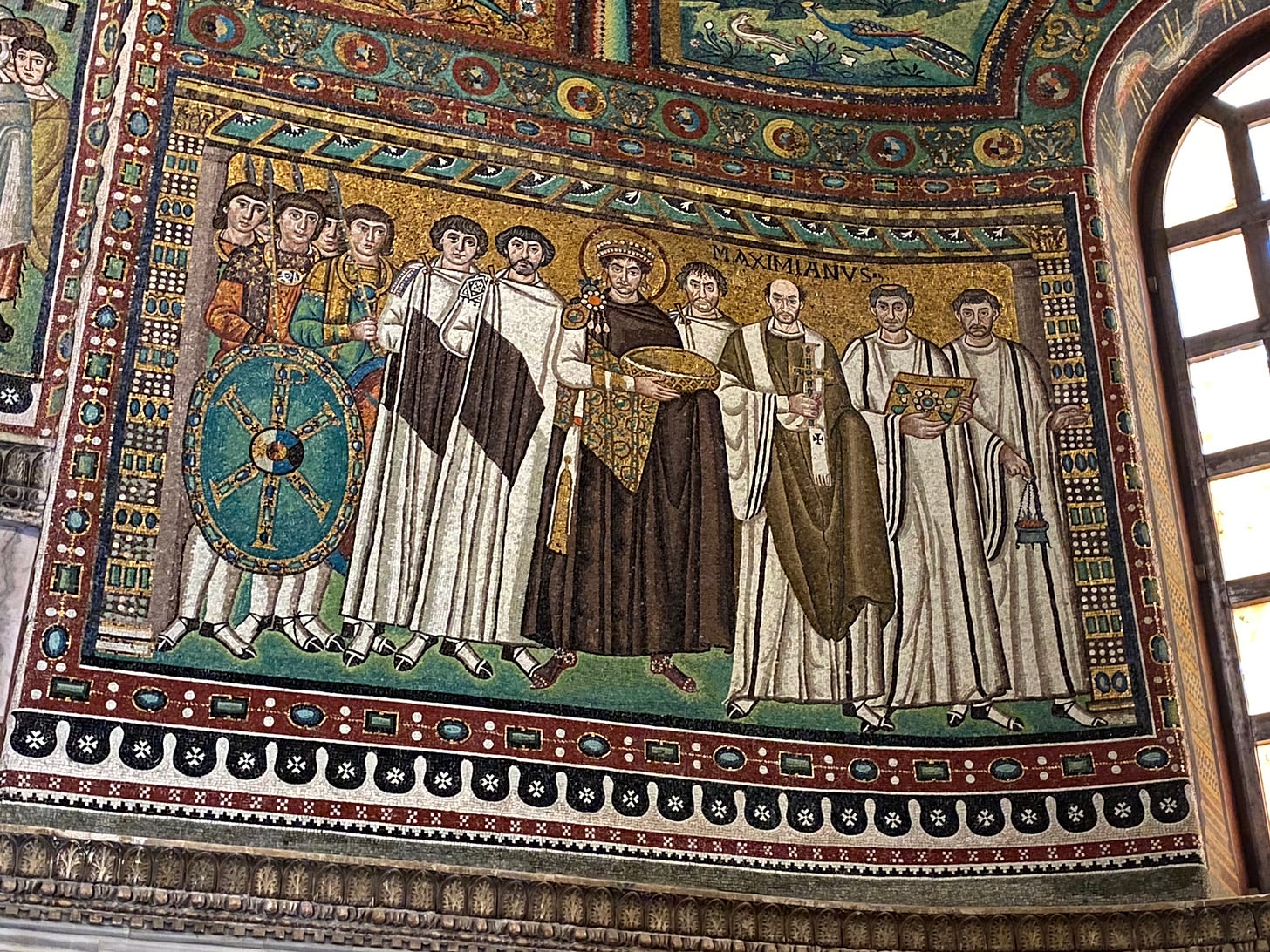
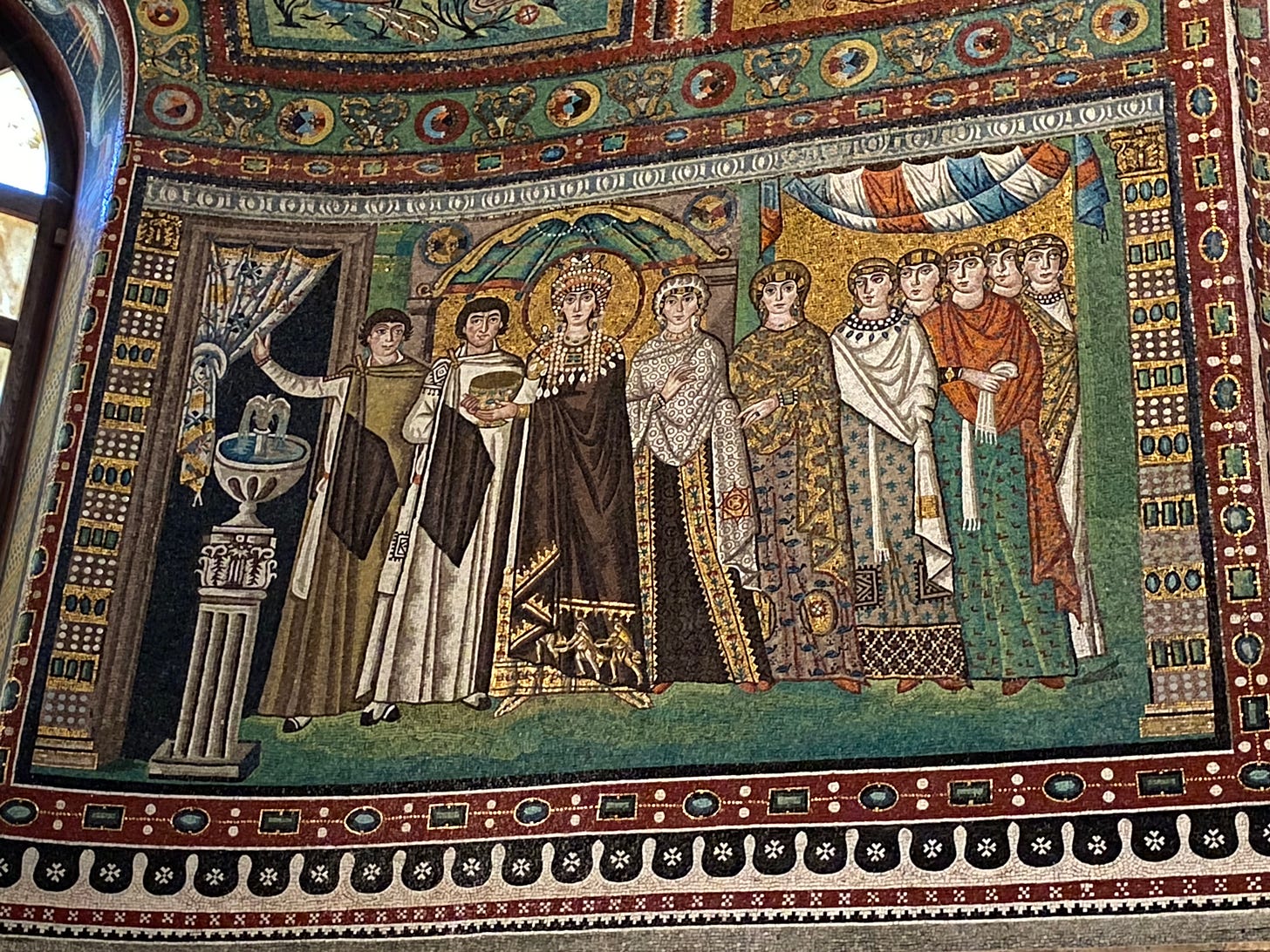


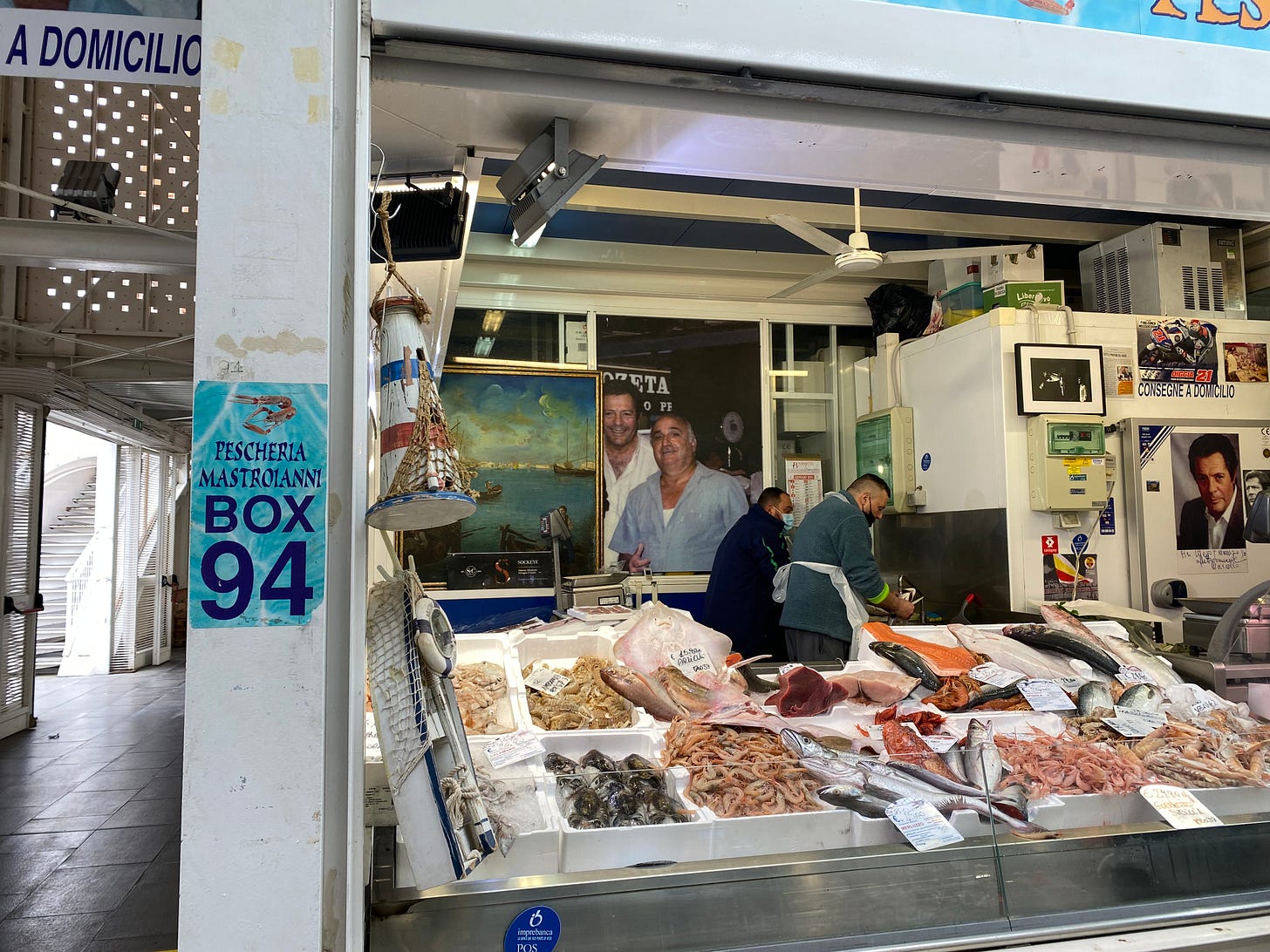
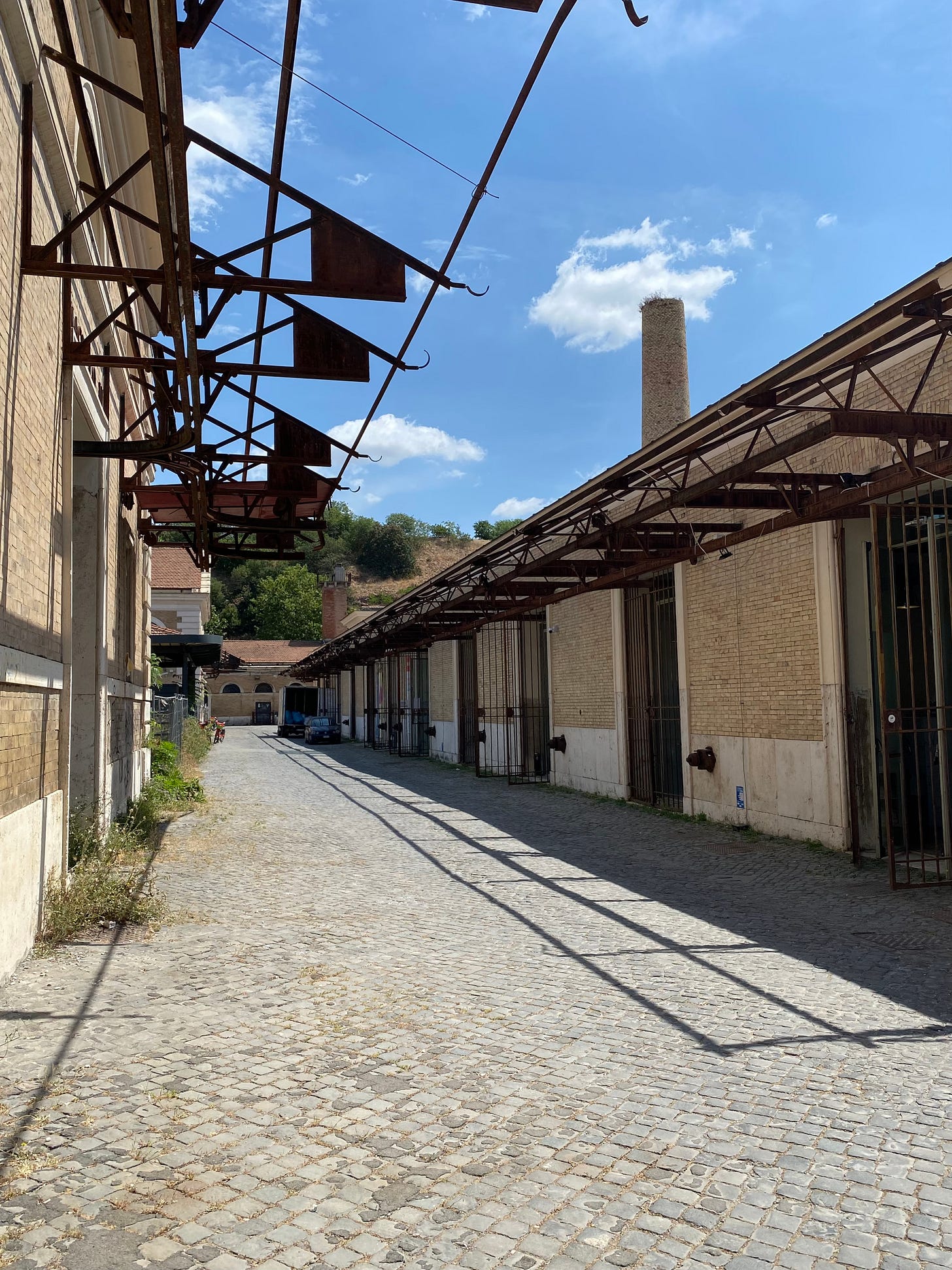
Well... a great photographer as well as Tour Guide extraodinaire. Thank you so much for your newsy newsletters and podcasts.
Thank you so much Agnes for the September newsletter and particularly the pictures of the mosaics. I'm currently listening to the History of Byzantium podcast and seeing your photos really brings a sense of the public pomp of Byzantium (and those Northern Italian cities) to life during that tremendously transitional time. I am uncertain of the timing of my next trip to Italy, but I have wanted to include Ravenna on an itinerary. I'm quite grateful for your posts as it helps me keep all those aspirations fresh and alive.